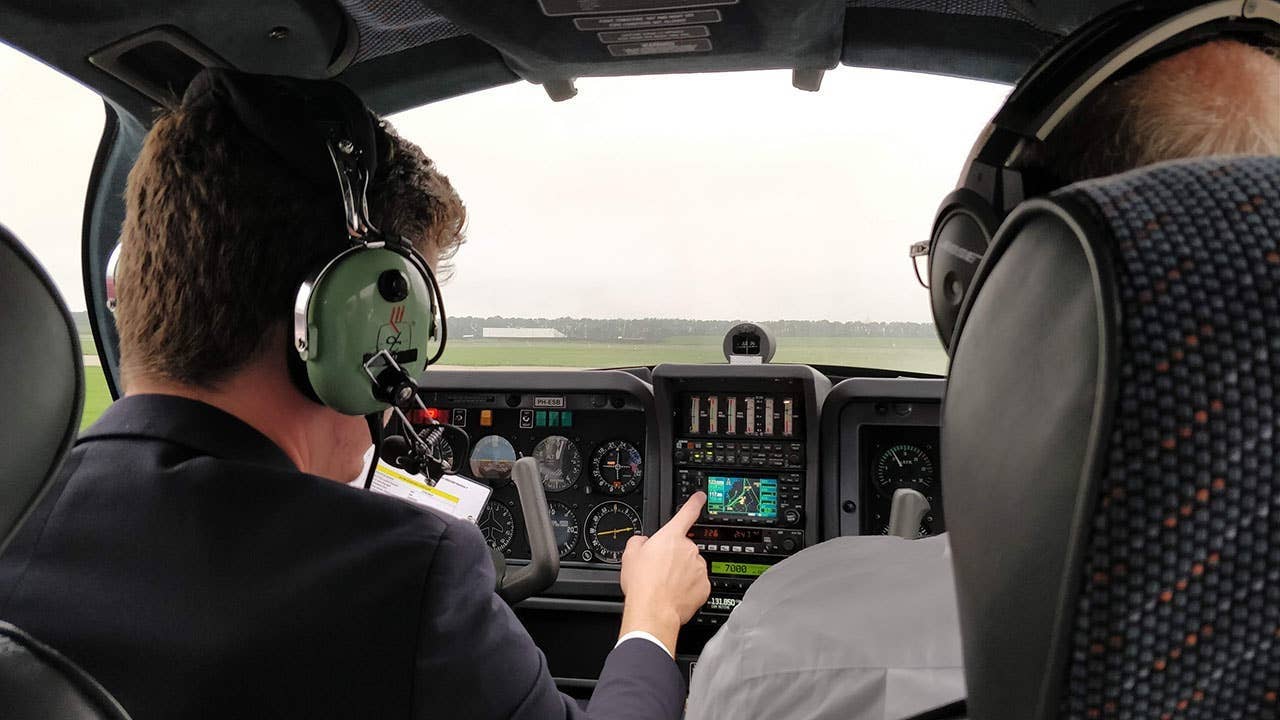After more than half a century of service, the F-4 Phantom has retired. Between the beginning of production in 1958 until its end in 1979, McDonnell Douglas built more than 5,000 of these supersonic twin-jets. Of those, only 13 U.S. Phantoms were still airworthy on December 21 when the official retirement ceremony was held at Holloman Air Force Base. In 1959, the prototype Phantom climbed to 98,557ft -- a world record. In 1963, it was a record for speed -- Mach 2.58. Serving in air forces in eleven countries and setting a total of sixteen world records, there has never been an airplane quite like it.
The Phantom first saw war-time service in Vietnam and has been used extensively ever since. It started as a Navy plane, but was quickly picked up by the Air Force and Marines due to its reliable construction and adaptability. Originally built as a bomber, the Phantom has been used for everything from aerial combat to reconnaissance. Though the Phantom was retired from combat more than 20 years ago, the plane proved it still had plenty to offer. In recent years, it was adapted to fly unmanned, acting as an airborne target for more advanced fighters.
A few days before Christmas, the Phantom was sent off in style with a static aircraft expo, speeches, and a final flight -- all open to the community. Attendees numbered in the hundreds. In the crowd were pilots who had flown the Phantom, crew members who had kept them airborne, and people who came to love the iconic plane throughout its many long years of faithful service.
Learn more at the F-4 Phantom II Society.
To get more aviation news delivered to your desktop or mobile device, sign up for our weeklyeNews.

Subscribe to Our Newsletter
Get the latest Plane & Pilot Magazine stories delivered directly to your inbox






